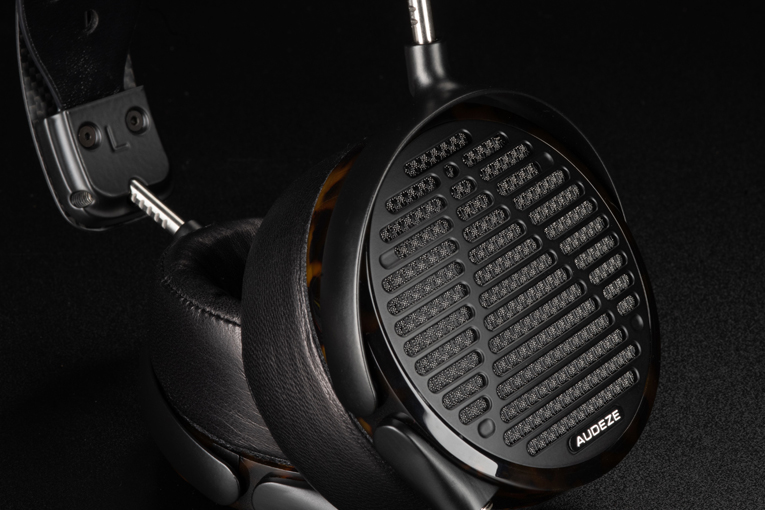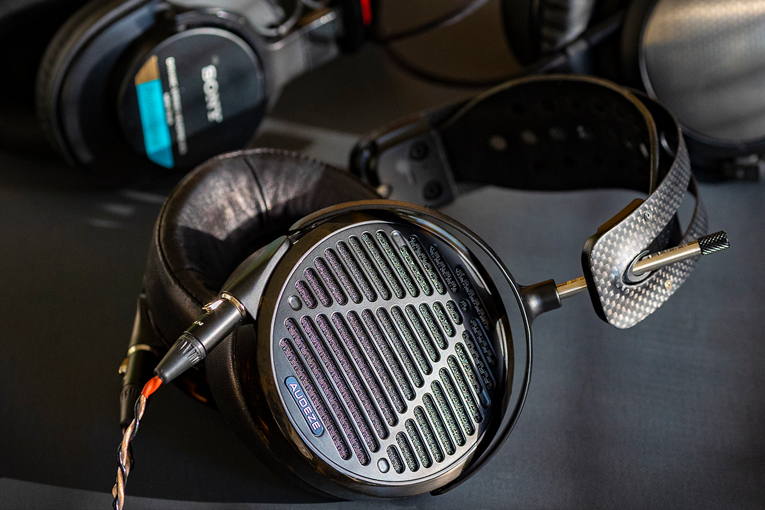I’ve been reviewing headphones for a long time, and I’ve done quite a mix: in-ears, on-ears, over-ears, high end, low end. At one point or another, I’ve listened critically to every style of headphones at a huge range of price points.
For most of my career, I’ve been freelance, which means I’ve been a journeyman of sorts, going where the work is. I refer to myself as a privateer, though a more apt comparison might be a short-order cook. An order comes in, like “review ten $100 headphones,” and a few weeks later, I serve up a story. For the last few years, the majority of those orders have been for lower-end products. That makes sense, because there’s a lot more demand for lower-priced ’phones than for high-end models.

In most ways, there’s no problem with this. I get to listen to a variety of lower-end gear and watch the never-ending march toward something better. If you haven’t heard a pair of sub-$100 earbuds lately, you might be in for a shock. Many of them are really good.
Where the problem lies is the narrowing of my own internal reference to what the entire headphone market is doing. Someone who’s reviewed a wider range of headphones, like Wirecutter’s Lauren Dragan, has seen the ups and downs of a far wider range of headphone categories than I have over the same period. To expand on my earlier analogy, she’s the head chef at a big restaurant. I’m a caterer that gets brought in for special events. I bake a lot of the same cakes; she cooks a bigger variety of meals. Why is this all about food? I skipped lunch.
Recalibration
Things changed a few months ago when I took over for Brent Butterworth here at SoundStage! Solo. Now I have carte blanche to test whatever seems interesting. It’s a fantastic gig, and I’m digging it. (Thanks, Doug!) But it has required an adjustment of sorts.
You see, while I was mired in the cheap stuff, getting impressed every few months as that end of the market got better, I didn’t get to experience the similar movement that was happening at the other end of the market. Or, more specifically, I’d forgotten how good things could be. It took a few weeks of going back to old favorites, and listening to a few newer ultra-high-end models Brent sent when I took over, to recalibrate my ears to what headphones could achieve. While I have purchased A/V gear and headphones in my years of reviewing, typically my racks and shelves are an ever-evolving hodgepodge of whatever I’m testing. As much as I’d love to have the budget to buy a pair of $3000 headphones every year to see what’s up, that’s hard to justify when I already have lots of headphones to use, not to mention that such an outlay would easily cover a month’s worth of travel.

The Audeze LCD-5 headphones were my first dive back into deeper (pocket) waters, and I was very careful to do quite a bit of high-end listening homework beforehand. It nearly spoiled a true wireless headphone guide I was working on. Why aren’t these $300 earbuds more perfect like these $4500 open-back headphones? Oh, right—because they don’t cost $4500, and they aren’t open-back. As a reviewer, I find that these can be challenging things to hold in your RAM, especially when you’re working on multiple projects simultaneously. I guess that’s why they pay me the big bucks.
Which is all to say, I recommend giving yourself an ear calibration once and a while. The various CanJams around the world can certainly give you a taste of what’s out there, but I also recommend trying what your friends listen to. Did they buy earphones to match their phone, like AirPods Pros (not bad) or Galaxy Buds (meh)? Are they still sporting the ones that came with their phone from ten years ago? (Help them, please.)
We enthusiasts tend to get a little in the weeds with this stuff, and we miss what the “average” person listens to or even cares about. I’m positive that many people who don’t care about headphones likely haven’t heard good headphones. That doesn’t have to mean expensive. But having a frame of reference, a common starting point, can help us get more people interested in this hobby of ours, even if they think we have nothing in common. It can help us be more helpful ambassadors to the larger world around us.

All it takes is a little listen—occasionally to absolutely terrible, mind-warpingly atrocious, what-peasant-could-ever-listen-to-these-oops-sorry-I-didn’t-mean-that headphones. And some good stuff too.
. . . Geoffrey Morrison







